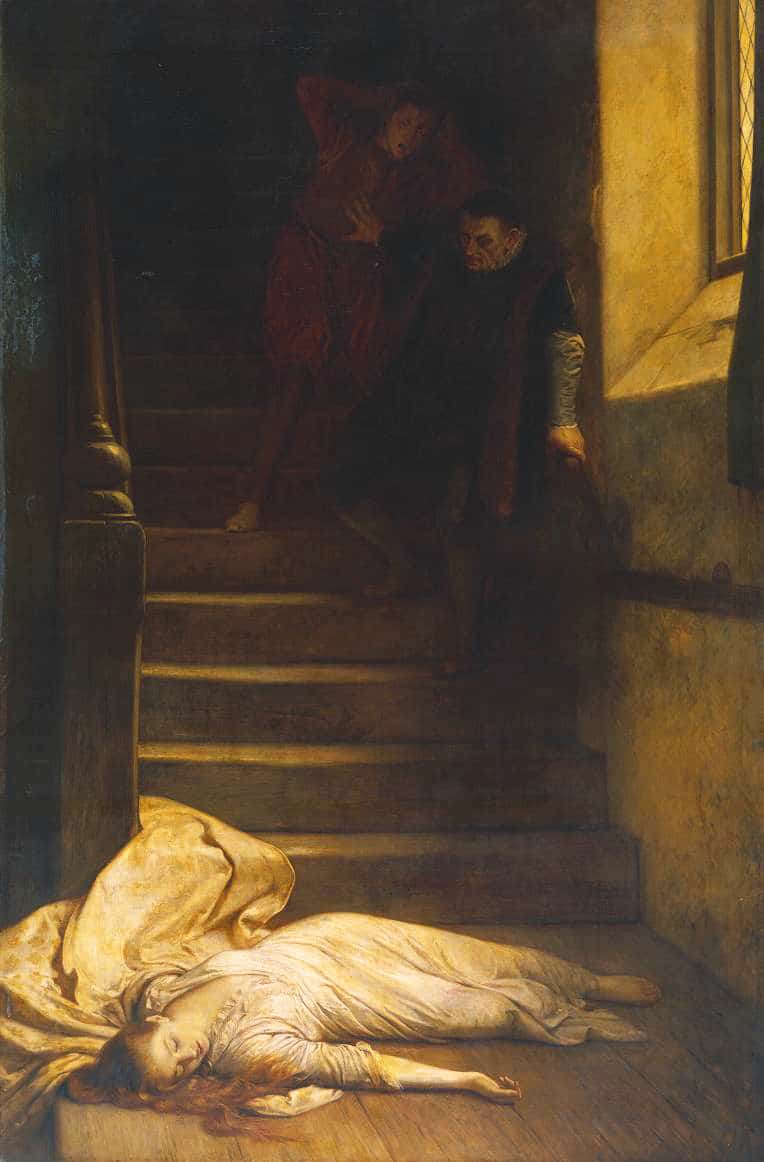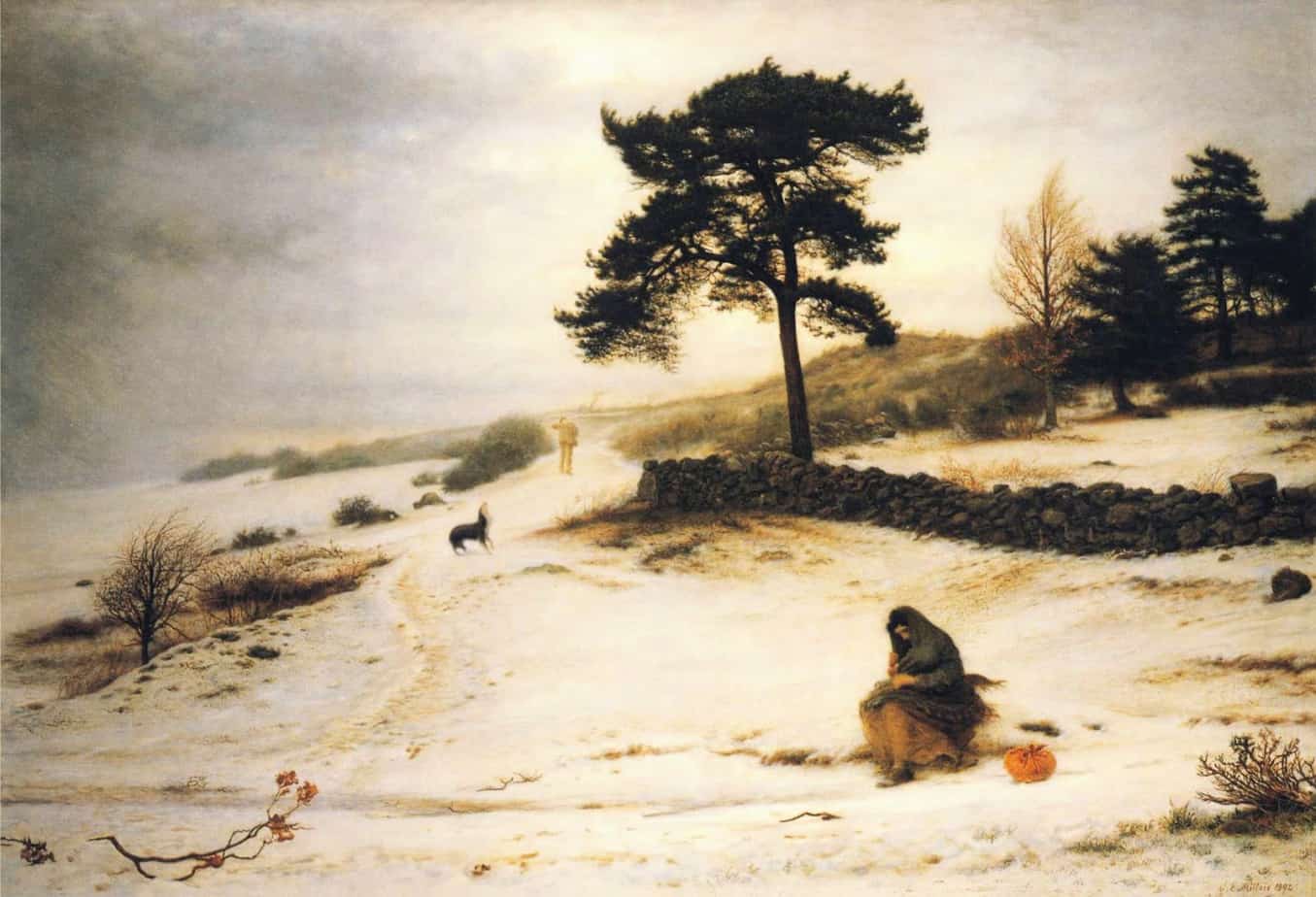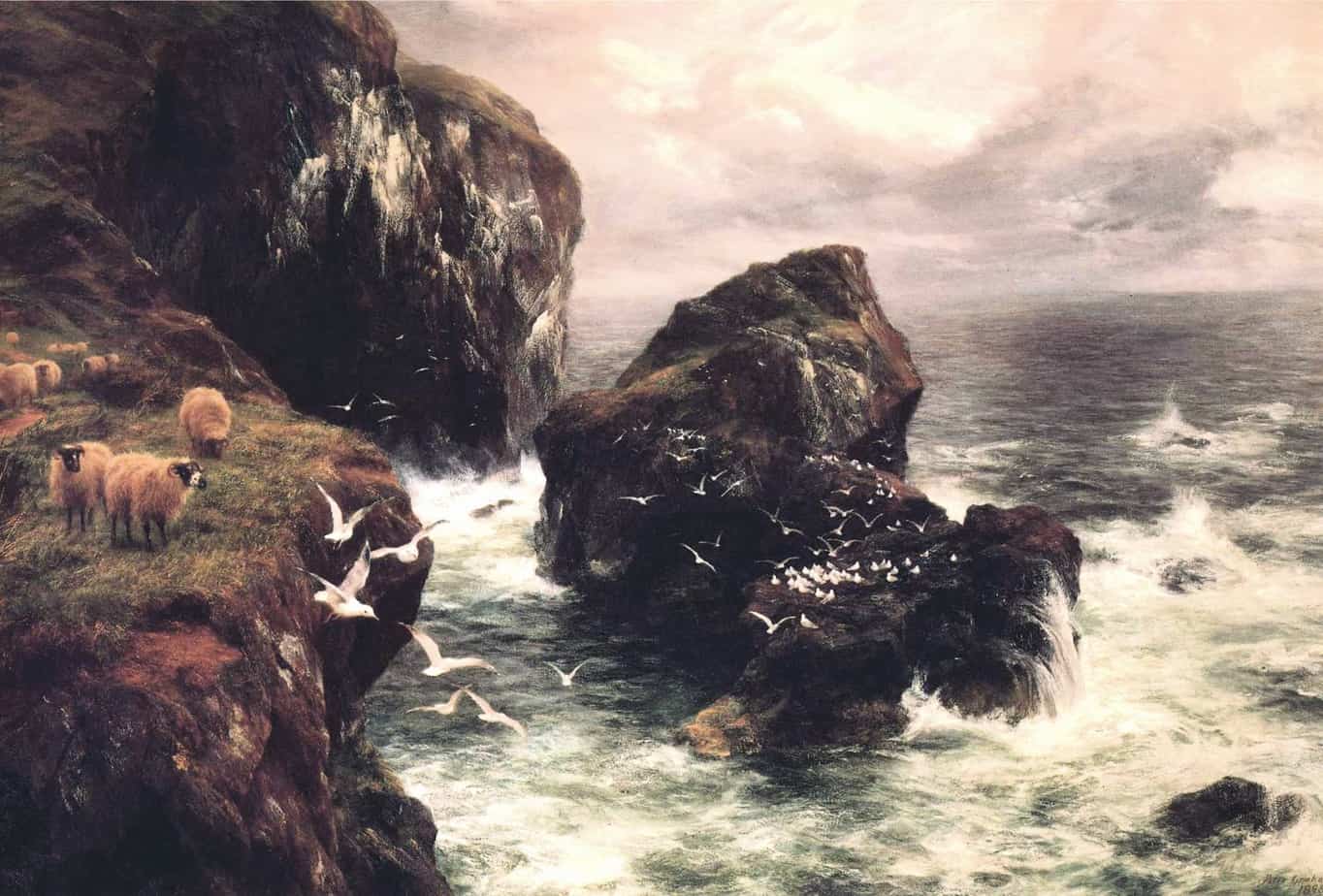“Diary of an Interesting Year” by Helen Simpson is a science fiction short story and the final story in her collection In-flight Entertainment. This story is written in diary format and is a critique of the apocalyptic dystopian genre.
“Interesting” of the title is classic understatement. The comedy achieved by the irony and satire in this story is dark.
FEATURES OF THE APOCALYPTIC STORY
Apocalyptic stories tend to focus on the experience of a small group of characters, perhaps on one. This makes use of a particular cognitive bias — we are more saddened by the story of an individual than by the story of a population. When we are unable to feel empathy because the magnitude of disaster is too great, this is called psychic numbing.

THE MYTH OF THE SELF-RELIANT INDIVIDUAL
“Diary of an Interesting Year” critiques the idea that individuals are capable of looking after ourselves, given sufficient willpower, hard work and grit.
- One reason that isolated characters seem appealing is that, ironically, they are reassuring. They give the comforting impression that anyone could thrive in isolation as they do.
- The great loners embody an idea of freedom from the vagaries and stresses of social life (e.g. Robinson Crusoe and similar survival stories, often set on islands)
- Famous hermits, both in real life and in fiction, are always male. They tend to be young, fit and healthy with no family responsibilities to speak of.
- But even in stories, they are not wholly self-reliant.
- These stories are often set in the wild. The wild is a source not only of sensory stimulation, but also of interspecies sociality. (Robinson Crusoe had a dog, two cats, some goats and a parrot, and later a human companion.)
- Real, relentless isolation is not at all romantic. Indeed, it is far worse than the stress of social life.
- A growing body of psychological evidence indicates that supportive social contact, interaction and inclusion are fundamentally important to a minimally decent human life.
— Aeon
Apocalypse and Heroism in Popular Culture: Allegories of White Masculinity in Crisis (McFarland Press, 2022)
Stories of world-ending catastrophe have featured prominently in film and television lately. Zombie apocalypses, climate disasters, alien invasions, global pandemics, and dystopian world orders fill our screens—typically with a singular figure or tenacious group tasked with saving or salvaging the world. In her new book, Apocalypse and Heroism in Popular Culture: Allegories of White Masculinity in Crisis (McFarland Press, 2022), Dr. Katherine E. Sugg asks, why are stories of End Times crisis so popular with audiences? And why is the hero so often a white man who overcomes personal struggles and major obstacles to lead humanity toward a restored future?
This book examines the familiar trope of the hero and the recasting of contemporary anxieties in films and TV like The Walking Dead, Snowpiercer, Mad Max: Fury Road, and more. Some have familiar roots in Western cultural traditions, yet many question popular assumptions about heroes and heroism to tell new and fascinating stories about race, gender and society, and the power of individuals to change the world.
at New Books Network
How does Helen Simpson subvert and invert the reassuring modern Romanticism we’ve come to expect of apocalyptic tales, even those tales full of death and destruction?
- The narrator is a woman rather than your typical able-bodied Macgyver archetype. This woman is not a shell-like fantasy of a woman but a real woman with real woman problems. She is terrified of pregnancy and cleaning her menstrual rags is one of her tasks. A few writers such as Meg Elison (The Book of the Unnamed Midwife) have put women front and centre in apocalyptic tales, but this is still rare enough to feel like an inversion. (This Reddit thread of comments really highlights the issues writers have writing female main characters in an apocalyptic setting. Many commenters think the main character is overly concerned with women’s issues and generally unlikeable — two accusations rarely if ever levelled at male characters in desperate situations.)
- In straight apocalyptic tales, members of a group often come together in times of crisis. They do have their own in-group conflicts but those arguments tend to be focused on the here and now of the story, because everything that happened before this terrible moment is rendered insignificant. But in this story, the narrator has a long-standing issue with her older, academic husband — he is always going on about the apocalypse. This continues to irritate her. The same old rift won’t just die because of an apocalypse. Simpson juxtaposes and combines massive, life-and-death problems with the same workaday, run-of-the-mill problems within the same diary entry, ultimately showing that humans find it very difficult to rise above our immediate situations. “Oh, shut up,” says the narrator to her husband. She tells her diary they should put ‘I Was Right’ on his tombstone. Ironically, he does end up dead and death indeed shuts him up, forever. Though “See Saw” by Katherine Mansfield is a very different kind of short story, the characters in Mansfield’s story show the same petty aspect of human nature. But Mansfield achieves this by putting her characters into a utopian setting rather than into a dystopian one.
- Apocalyptic stories are mythic in structure, either Robinsonnades (mentioned above) or Odyssean (characters go on a journey). In “Diary of an Interesting Year” the characters have no luck staying put. There are very unromantic reasons for this — sewerage overflow is one. So they set out on a journey. In a classic myth narrative, characters will meet stock characters along the way — some will be enemies, others helpers. But in this story there are no helpers. Moreover, enemies aren’t your classic villains, rather, enemies are other desperate people competing for the same scarce resources.
G held me in his shaky arms and talked about Russia, how it’s the new land of milk and honey since the Big Melt. ‘Some really good farming opportunities opening up in Siberia,’ he said through chattering teeth.
- Although the narrator’s husband has been proven correct about the apocalypse — which is terrible — the diarist narrator wife paints a picture in which he is pleased he is at least correct. This is all he’s got to cling to. In this story, neither the happily deluded nor the Cassandras ‘win’.
- The husband reminds me of every single character I’ve ever seen on Doomsday Preppers. The assumption behind those shows is that it’s possible to survive with adequate preparation and self-defence. This is a comforting idea for those with the resources. But in “Diary of an Interesting Year” the husband’s vague fantasies of self-sufficiency don’t pan out, because self-sufficiency is very, very difficult.
We met a pig this morning. It was a bit thin for a pig, and it didn’t look well. G said ‘Quick! We’ve got to kill it.’
‘Why?’ I said. ‘How?’
‘With a knife,’ he said. “Bacon. Sausages.’
I pointed out that even if we managed to stab it to death with our old kitchen knife, which looked unlikely, we wouldn’t be able just to open it up and find bacon and sausages inside.
‘Milk, then!’ said G wildly. ‘It’s a mammal, isn’t it?’
Meanwhile the pig walked off.
- In apocalyptic stories the main character usually rebels against the status quo by exposing its flaws, escaping the world entirely, attempting to take it over, or initiating a new set of rules. But these characters are low on Northrop Frye’s scale of mimetic heroes. At first they seem hapless, until we step back and realise that in the same situation we’d be no better. This is, in fact, the point.
STORY STRUCTURE OF “DIARY OF AN INTERESTING YEAR”
Unlike straight narratives, the satire does not invite reader identification with a ‘hero’ or ‘main character.
SHORTCOMING
Everyone’s in a pickle, though women are even more vulnerable than men.
DESIRE
The narrator has no long term desire other than to survive each day. Anything more would turn her into a more noble hero, and she is not that. She is an ordinary person, plucked out of comfortable urban/suburban life in a rich country with no survival skills.
OPPONENT
Everyone is an opponent, though her husband G is not the sort of opponent we’ve come to expect — the long-running issues of their marriage haven’t simply evaporated.
Everyone along the path is an opponent.
She is eventually abducted by M after M kills G.
PLAN
Throughout most of the story, plans don’t turn out. Even the things stories have taught us should be simple turn out to be nigh on impossible. For instance, throwing oneself about to induce termination:
Can’t sleep. Very bruised and scratched after today. They used to throw themselves downstairs to get rid of it. The trouble is the gravel pit just wasn’t deep enough, plus the bramble bushes kept breaking my fall.

BIG STRUGGLE
The Battle where the narrator defeats her main enemy is left off the page, presumably because the narrator can’t bear to write about it.
November 7th. It’s all over. I’m still here. Too tired to
ANAGNORISIS
After many abuses, the narrator realises she has the strength to defeat her abductor. This plan works, showing she has experienced a character arc. Using trickery, she is able to kill M. She also arranges things that he kills the baby inside her via another beating.
NEW SITUATION
The story ends with the narrator buries the diary with her dead baby. She continues on her journey. We extrapolate things won’t improve for her. She now has nothing and no one.
FOR FURTHER INVESTIGATION



Header painting: Peter Graham – The Grass Crown Headland of a Rocky Shore

